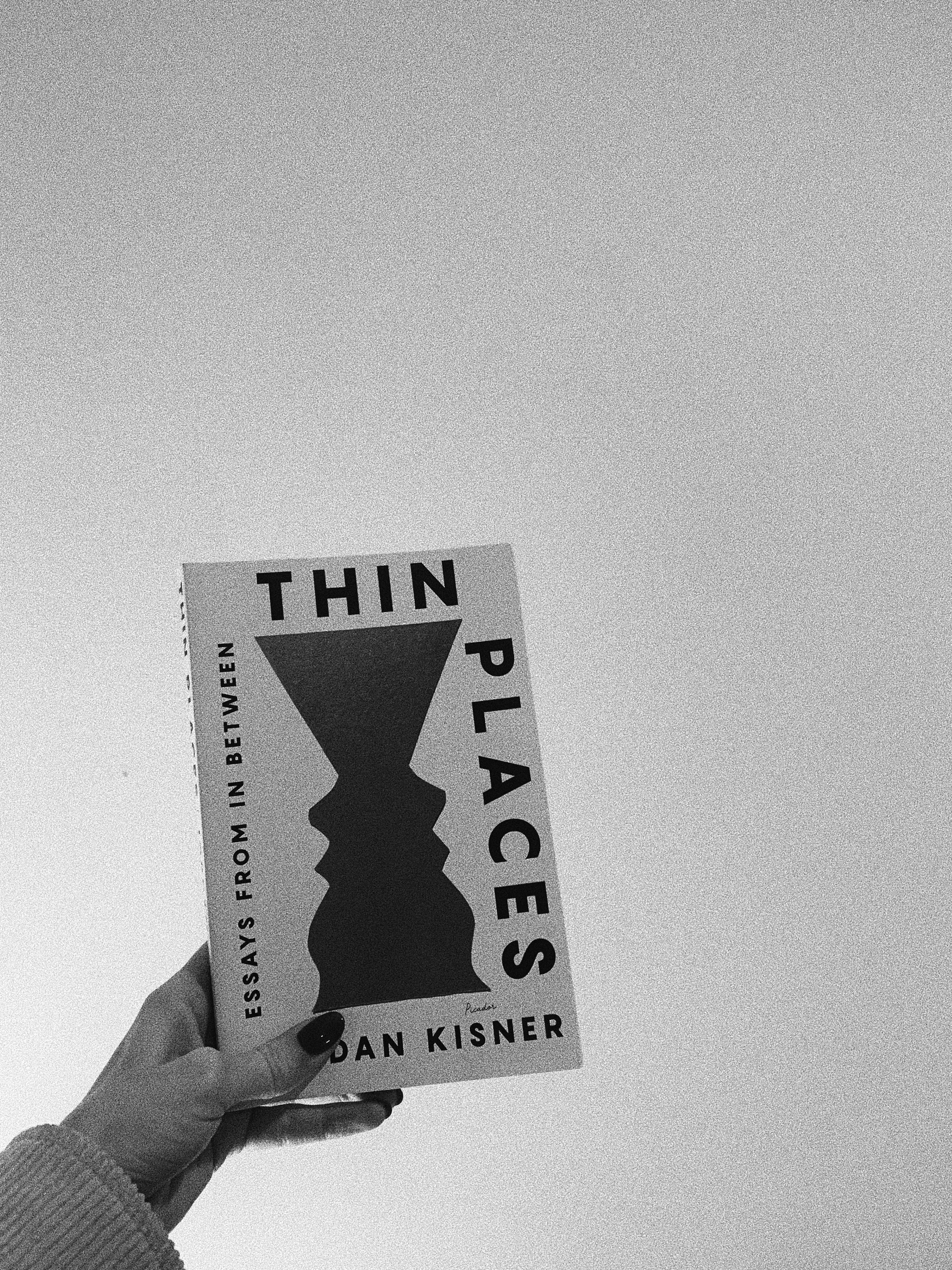There are two buildings on the Brooklyn side of the East River that are affronts to the entire riverfront. 325 Kent is a 16-floor lego block, finished in 2017 and One South First, its taller, skinnier sibling, was finished in 2019. I hate these buildings because they dilute the view of Brooklyn from Manhattan with their overly-modern, futuristic architecture. Both of these buildings have holes in the middle of them; they were designed with negative space in mind, which I guess is cool and novel from a design standpoint, but unattractive additions to a neighborhood that is quickly becoming over-gentrified.
I recently went on a run at East River Park for the first time in 6 months and these buildings captured my Running Brain. The architects, who I assume are the same for both, designed these structures to include their own emptiness. Space was their medium, in addition to bricks, copper, and steel. They were built to take up space while giving shape to a void that would otherwise be formless.
Such is the idea around Thin Places by Jordan Kisner, an essay collection about the metaphorical frontiers of life; the places where the individual ends and the collective begins. Where the solid pieces of our lives meet the empty space of the unknown. Kisner is a former Christian, a Mexican-American, and a bisexual woman, and this collection of essays takes shape around her refusal to contort herself to these absolute identities.
The book begins with an essay about the time in her life when she began to feel the obligatory duties of her Christianity dissolve, which is not to say she is no longer a Christian but more that she found freedom outside of the legalistic patterns its people build their lives around. Her childhood was marked by a natural inclination for faith: “I was just naturally reverent. There wasn’t anything about my life crying out for radical change. I felt, as if on a cellular level, that God was true.” Maybe this is simply the condition of childhood?
But she grows up and begins to question, as a lot of people do.
One of the features of experiencing the end of a totalizing conviction is that it divides your idea of the world along a binary: There is the world in which what you knew was real, and then there is the world in which it is not. You belong to both versions and neither. You remold your basic perceptions into a new framework, and if you miss what came before, you rarely say so. You go about the great American work of assigning yourself to other gods: yoga, talk radio, neoathiesm, Crossfit, cleanses, football, the academy, the American Dream, Beyonce. You read articles about the rise of “atheist churches” and notice the uptick in commodified faux-Buddhism principles in the new “wellness industry” and take your SSRIs and try to buy organic.
The titular essay explores the boundaries of ourselves through the journey of diagnosis for a fictional character’s OCD. Kisner describes the method by which OCD patients are able to keep themselves tethered to reality: by the ability to toggle awareness of what’s real and what’s not real. Understanding the boundaries of their ego. Obsession, not possession. We stay present in an agreed-upon reality because we are able to “toggle complex and contradictory conceptions of self and other.”
But sometimes those spiritual frontiers, the places where we end and others begin, feel too fluid, too permeable. These are the moments we feel vulnerable. They are seemingly dangerous, yet sacred and precious if we let them be. The experience of the world that holds these boundaries too tightly is “radically impoverished” because it is a world that denies itself. As creation illustrates, the most sacred parts of our physical bodies are the ones where the membranes are exposed, and "our bodies prime our metaphors, and our metaphors prime how we act and think."
In Good Karma, as Kisner drives through a California desert, she ruminates on the way the space we inhabit influences our thinking and how it affects our living bodies. In vast, annihilating landscapes, the negative space shapes our thoughts and allows us to be looser and unrestricted in our speech, filling space with unedited language. In urban landscapes, the opposite may be the case, or maybe the unrestricted sense of self is packaged and disguised differently, yet still empirically true.
In Habitus, a picture of class exclusivity and accessibility is painted for the reader with a debutante ball in Laredo, Texas. Kisner tags along as the girls in this chapter of Washington’s Birthday Celebration Association prepare for the ball. A handful of the girls’ mothers explain to Kisner the importance of the ceremony, the rituality of it all, which vaguely begged the question, Who is this all for? The dresses, the hair, the months-long prep. Kisner seems to be of the same attitude.
The common thread throughout these essays is how we inhabit space, physically, socially, politically. We come into this world taking up space that was empty before — singularly ours yet part of the greater collective — and we give that space away when we exit. We honor it by building lives around the emptiness, creating place for others and ourselves. In this place exists the things that make life meaningful, most complex may they be: questioning, connection, and the next phase of our lives. We are “open systems” holding negative and positive space in ourselves, carving out a position in the universe that would otherwise be unformed.

